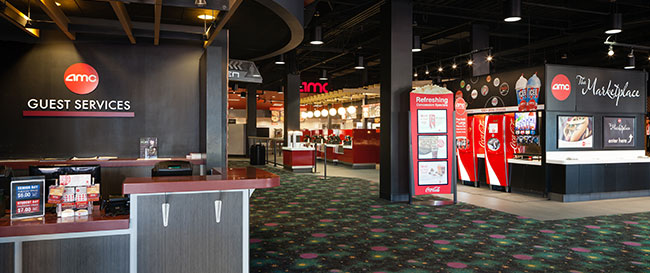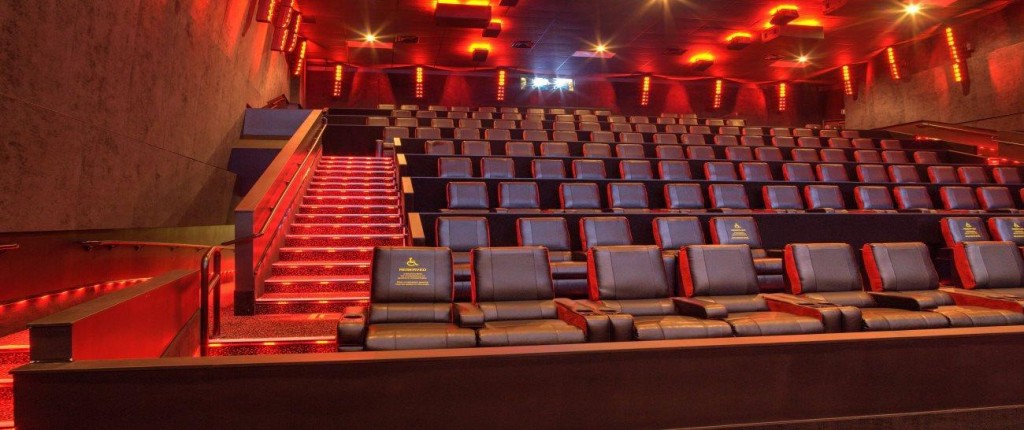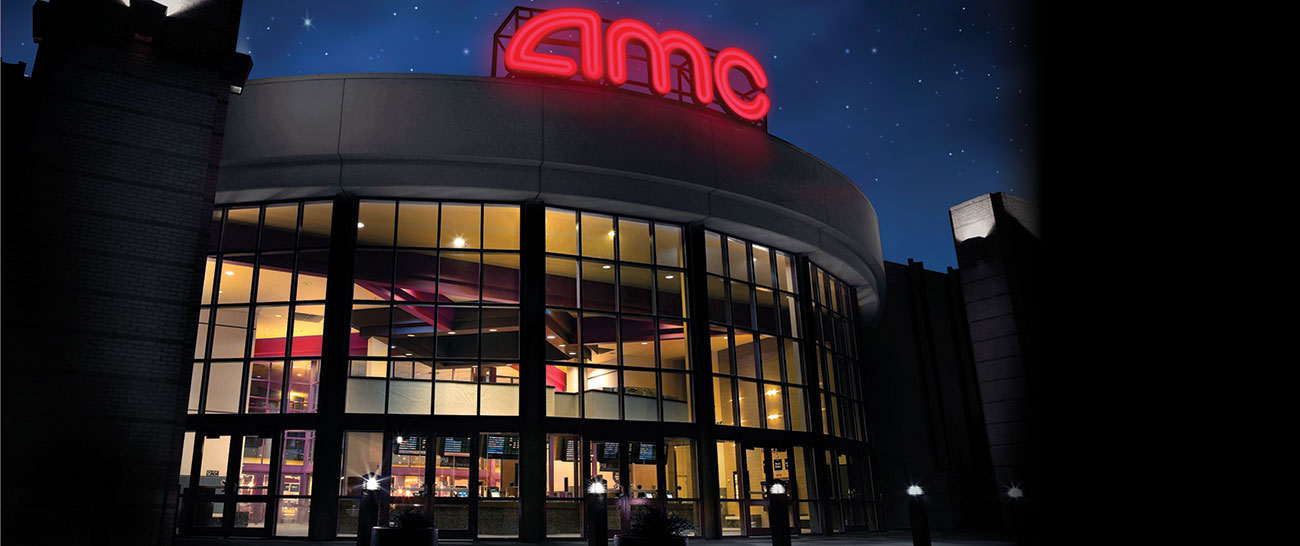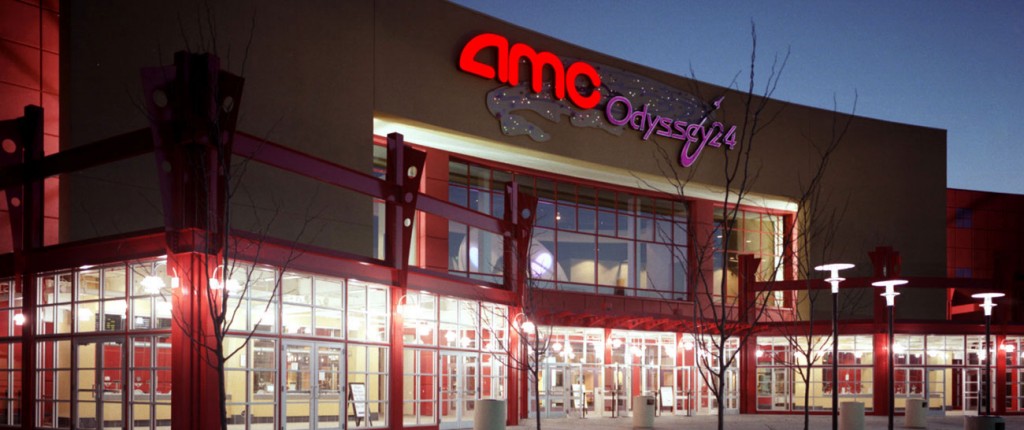The economics of the movie theater industry are interesting. In many cases, up to 70% of the ticket price goes to the movie studio that created the film and the distributor who sold the rights to it, leaving the remaining 30% for the owners. This creates a situation where most of the profit comes from concession sales. Without $8 popcorn and $5 beverages, the doors would close, the staff would be sent home, and you’d no longer have a cinema in your hometown. (This is one of the reasons that when I go to my local theater, I always try to order something, even if it’s just a bottle of water.) It’s somewhat ironic that theater owners now depend on this revenue stream to keep the lights on when you consider that, up until the 1920’s, movie theaters refused to sell popcorn or peanuts because the owners believed it was “low-class” behavior best confined to the circus according to a history book called Shared Pleasures: A History of Movie Presentation in the United States by Douglas Gomery.
[mainbodyad]The business itself was a good one for awhile. Ticket prices increased much faster than the inflation rate of the U.S. economy. In 1948, movie tickets were $0.36 on average. Adjusted for inflation, that would be $3.56 today. Instead, the average movie ticket was $8.13 last year according to the National Association of Theatre Owners. Fortunately, or unfortunately depending on how you look at it, things have gotten a lot rougher as a result of technology. We now live in a society where even poorer families often have big screen televisions, surround sound systems, video game consoles, and unfathomably large collections of on-demand content spanning generations of film and television in ways that were unthinkable to our grandparents. Netflix, for $8.99 a month, very well may represent one of the greatest utility trade-offs in the history of capitalism. In the old days, if you wanted to see something, you had no choice but to go watch it in theaters. Now, all of the power rests with the studio. The power has shifted to the studios in such a profound way, I’m not certain if the movie theater industry will survive due to Hollywood eventually digitally releasing everything directly to the public.
I do think that a lot of the movie theaters in the country are destined to close. The old business model doesn’t work. You can’t justify a single-screen theater in the middle of a farm town using projector technology that no longer has the population, or the capital expenditure budget, to keep up with consumer demands. If I were required to guess, I think the pricing structure of theaters is going to reflect the same consumer hourglass theory that has taken hold at firms like Procter & Gamble, which is now arranging its marketing and brand strategy around either the rich or the poor, with very little focus on the shrinking middle class.
AMC Theaters, which was founded in Kansas City in 1920 and remains America’s largest movie theater chain despite now being a subsidiary of Chinese conglomerate Dalian Wanda Group, is one of the firms leading the way on tiered pricing. Management has reinvested quite a bit of money into operations. The new concession areas feature full restaurant capabilities in some locations, along with yogurt and ice cream parlors. There are sit-down bars in several markets. The beverages are self-serve Coca-Cola freestyle machines lined up as flawlessly as a car dealership. The theaters themselves are being renovated, with some screens switched over to the two-story AMC Prime format, which boasts far fewer seats, leather recliners, and ample leg room (you can be lying down and people can still walk in front of you without requiring you to move out of their way).

Concessions represent almost all of the profit for a typical theater owner so there has been a lot of effort to update and expand selection. AMC has been rolling out mass installations of the Coca-Cola Freestyle machine.

For around double the price of a normal ticket, you can see some movies in AMC Prime theaters, which feature two-story screens, fewer seats per theater, leather chairs that recline, a ton of leg room, a better sound system, and an overall more pleasant experience.
I expect the shift to be a huge hit, though it won’t go over well with those for whom it is out of reach, especially if the transition happens quickly since people have come to expect movie night to be an affordable luxury for everyone. Aaron and I witnessed a scene yesterday when we went to see the new Teenage Mutant Ninja Turtles movie with my brother and sister-in-law. (All four of us grew up in the heyday of the series with the 1980’s animated television show, NES video games, and Toys ‘R Us action figures being an ever-present part of childhood so we wanted to see it, even though we all expected it to be completely butchered, having near zero expectations.)
As we waited in line for tickets, there was a lower class man, woman, and child further ahead. The woman, who had that certain look about her that lets you know she’s lived a difficult life, was clearly upset. They stood at the window, holding up one of the available ticket sellers, quizzing the lady behind the glass as to the price of the AMC Prime tickets for the show. She didn’t like the answer (since it was a matinée, they were only $13 + tax per person, but that is just shy of twice the cost of the other, normal tickets). “What other shows do you have at the lower price?” she demanded. The AMC employee explained that everything had already started but there was another round of movies set to begin in an hour. The woman was clearly angry at this point, and walked into the main theater lobby. Simultaneously, an older man at the other window was asking about the ticket prices, too. None of us had ever seen anything like this so we all sort of looked at each other, not saying a word.
[mainbodyad]We bought our tickets, and later, were filling our beverages at the concession stand when we noticed the woman from earlier by the entrance area, talking to the manager she had insisted upon seeing, the hostility visible from where we stood. She complained that the Prime ticket was too high; that the theater was charging far too much. She complained that they would have to wait an hour to see a cheaper version of the show on a regular screen to save half the price. You could tell she genuinely believed her family had been harmed and that the entire situation was unfair. As I held my Diet Cherry Vanilla Coca-Cola and Aaron his White Cherry Icee, he leaned over and quietly asked, “What do you think she hopes to accomplish?”
The great democratization of American society through shared experiences has largely gone by the wayside. If this were 1948, she and her family could have seen the movie for an inflation-adjusted price of $10.68 + tax in today’s dollars. Even on minimum wage, a couple hours of work would have purchased a couple hours of entertainment for the entire household. She would have been in the same theater as the bank president, the owner of the local car dealership, the college professor, the school teacher, and the doctor. Instead, she’s being asked to pay $39.00 + tax, which represents a far higher exchange in terms of labor. Meanwhile, $39.00 + tax to the doctor or professor is still a fantastic bargain. Who wants to go back to an ordinary movie theater after experiencing a superior product at an outlay that still represents a rounding error in terms of annual income? (The difference was so stark that within a few seconds of sitting down, we all looked at each other and agreed we’d never willingly choose the old theater unless we had no alternative. I’d be thrilled if they changed over every single screen to the new format as I’d be more likely to go see movies at the time of release.)
Given the shifting landscape, I can’t tell what the economics of the movie theater industry are going to be in the coming decades. Both Aaron and I have some ideas about how we would run a theater, were we to ever buy one as a side project or something, but there are so many moving parts that I’d have a difficult time putting an intrinsic value on something like AMC looking 25+ years into the future. Instead, I’d rather own the companies behind the concessions (e.g., Coca-Cola, Nestle, Hershey’s) or the firms that created the content itself and will still be making money regardless of how it is distributed in the future (e.g., Disney). This is an industry that, generally speaking, I’d rather patronize through my custom than own through my portfolio.




